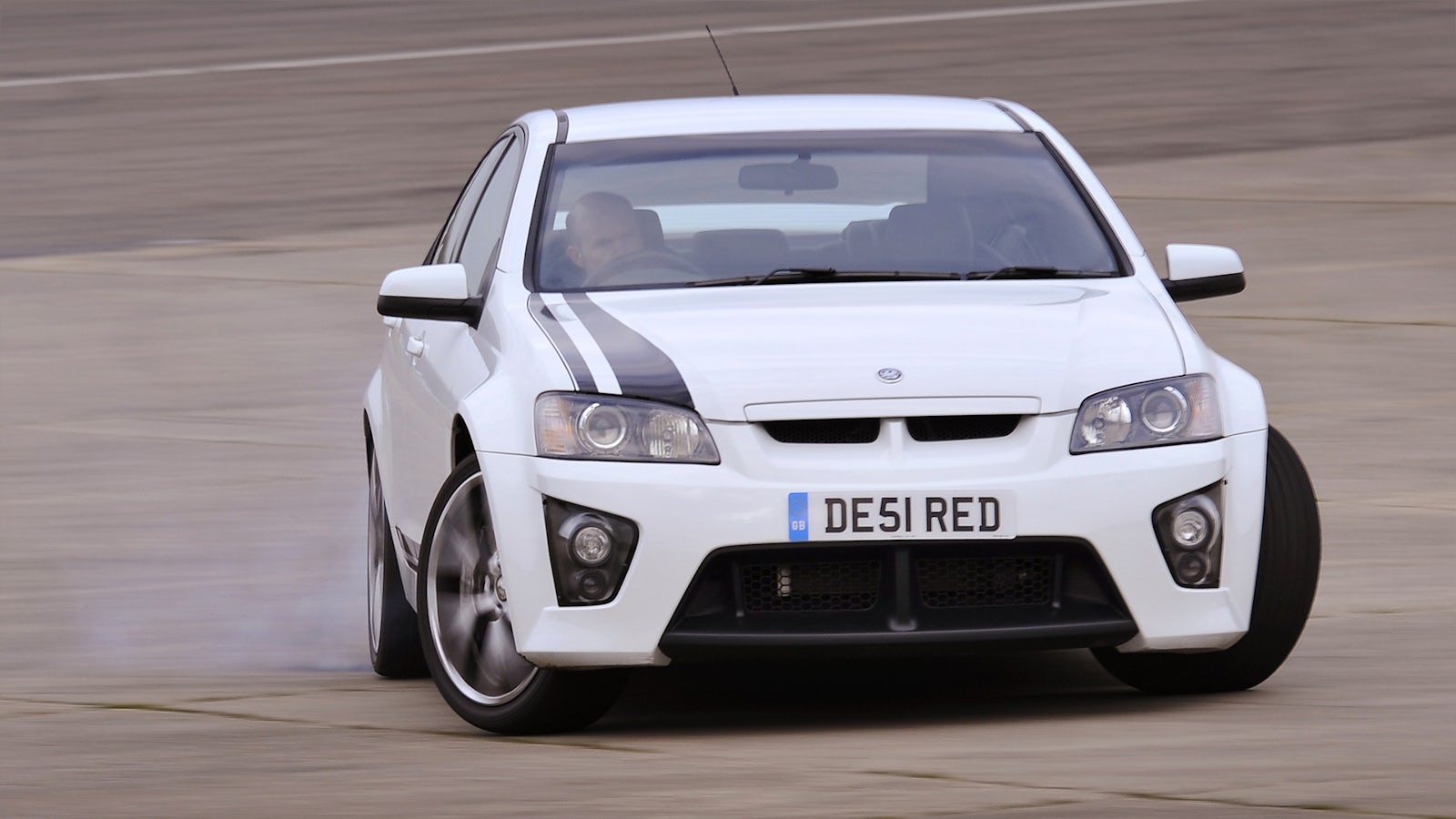Understeer vs oversteer: what’s the difference?
December 10, 2025 by Siobhan Doyle

Understeer and oversteer get thrown around in car reviews all the time. But what do they actually mean, and what should you do when your own car starts drifting off-line?
Ever felt your car drifting wider than expected around a corner, or suddenly pivoting the wrong way? You might be experiencing understeer or oversteer – terms you’ve probably seen in car reviews but haven’t fully understood.
Well, this guide makes it simple. We’ll explain what understeer and oversteer actually mean, why they happen, and how your car responds when traction runs out. And while modern stability systems can step in to correct these moments, knowing the basics will give you a better feel for how your car behaves at the limits.
Remember, you can buy a brand new or used car right here on Carwow. And you can sell your car, too. We’re here to help you through every step of your car-changing journey.
What is understeer?
Understeer happens when a car doesn’t turn as sharply as you steer, causing it to drift wide in a corner. It usually happens when the front tyres lose grip, often accompanied by a scrubbing or screeching noise.
What causes understeer?
Understeer is most common in front-wheel drive cars, where the front wheels are tasked with steering, braking, and delivering engine power at the same time. If you enter a corner too fast or steer too much, the front tyres exceed their traction limits, causing the car to push wide instead of following the intended line.

How to avoid understeer
The simplest way to prevent understeer is to slow down. If your car does start to understeer, avoid slamming on the brakes; instead, gently ease off the accelerator and, if braking, release the brakes slightly rather than abruptly. Resist the instinct to steer harder as reducing your steering angle helps the front tyres regain grip and lets you steer back under control.
What is oversteer?
Oversteer happens when a car’s rear wheels lose traction in a turn, causing the back end to swing out. It’s common in rear-wheel drive cars and can be triggered by too much acceleration. In skilled hands, it can be controlled, but for most drivers, it’s risky and can lead to a spin.
What causes oversteer?
Oversteer occurs when the driver applies too much power through a corner, brakes too hard while turning, or suddenly lifts off the accelerator. While controlled oversteer can look spectacular on a racetrack, on public roads it’s dangerous and can easily lead to a serious accident.

How to avoid oversteer
The key to controlling oversteer is simple: slow down. Oversteer often happens when you accelerate too hard through a corner, so easing off the accelerator is the first step. If your car starts to slide, stay calm, keep looking and steering in the direction you want to go, and avoid sudden braking or lifting off the accelerator abruptly. Modulate the throttle gently to regain control and bring the car to a safe stop.
If you’re inexperienced or driving a rear-wheel-drive car, take extra care, and never switch off traction or stability control on public roads – save that for the racetrack.
Is understeer or oversteer better?
Neither understeer nor oversteer is inherently better – they’re just different. For everyday driving, understeer is generally safer and easier to correct by easing off the accelerator. Oversteer, while riskier, can be useful in performance driving because it helps the car rotate more quickly through corners when handled with skill.
Understeer vs oversteer FAQs
Do front-wheel drive cars oversteer or understeer?
Front-wheel-drive cars are a bit more likely to understeer as that’s when the front tyres lose grip and the car drifts wide in a turn. It happens because the front wheels are doing all the work: steering, braking, and powering the car forward.
Is drifting oversteer or understeer?
Drifting is controlled by oversteer. It’s when the rear wheels start sliding, but instead of spinning out, the driver uses the steering and throttle to keep the car sliding smoothly through the corner.
Car change? Carwow!
Looking for a new set of wheels? With Carwow you can sell your car quickly and for a fair price – as well as find great offers on your next one. Whether you’re looking to buy a car brand new, are after something used or you want to explore car leasing options, Carwow is your one stop shop for new car deals.
Click here to follow us on WhatsApp, where you can keep up-to-date with all the latest news, reviews, advice guides and videos.















